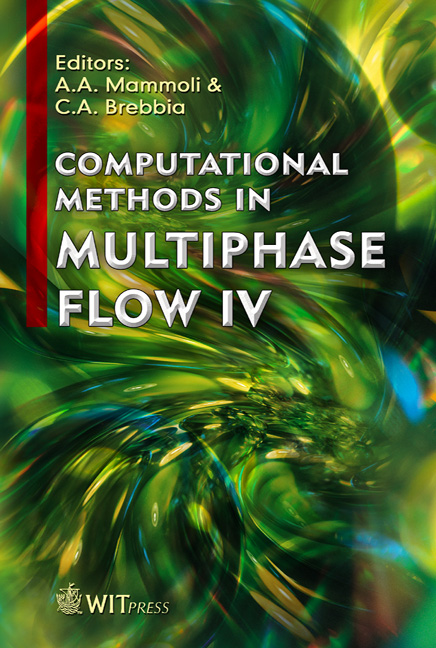Investigation Of Slug Flow Characteristics In Inclined Pipelines
Price
Free (open access)
Transaction
Volume
56
Pages
10
Published
2007
Size
692 kb
Paper DOI
10.2495/MPF070181
Copyright
WIT Press
Author(s)
J. N. E. Carneiro & A. O. Nieckele
Abstract
In the present work a numerical analysis of the slug flow in inclined pipelines is performed with an aim to improve the understanding of slug flow characteristics over hilly-terrain section. The solution is obtained with the two-fluid model on its one-dimensional form. It consists of two sets of conservation equations of mass and linear momentum for the liquid and gas phases. The slug capturing methodology involves the numerical solution of the equations using a finite volume formulation, which is capable of naturally predicting the onset of slugging from a stratified flow regime, as well as the growth and collapse of the slugs. Flows of an oil–gas mixture in slightly inclined pipe configurations are investigated. Three types of pipelines were considered: horizontal, descending and a V-section pipeline. The influence of the gravity effect in average slug parameters, such as frequency, velocity and length is addressed. Qualitative comparisons with experimental observations in the literature show that the methodology seems to be able to correctly predict the effect of pipe inclination on the occurrence (or not) of the slug regime, as well as different overall slugging behaviour in V-section pipes if different inlet gas and liquid superficial velocities are imposed. Keywords: slug flow, incline pipeline. 1 Introduction Slug flow is a two-phase flow pattern which is characterized by a sequence of packs of liquid separated by long gas (Taylor) bubbles flowing over a liquid film inside the pipe, and is normally associated with high pressure-drops and a considerable degree of intermittency in the system. In offshore production
Keywords
slug flow, incline pipeline.





